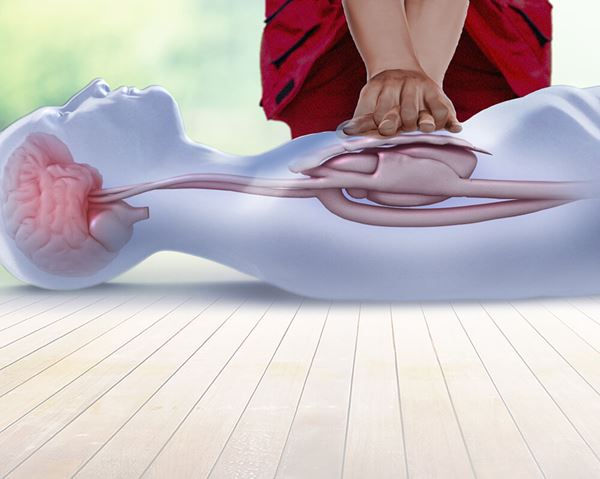What is CPR?
- Jose Vazquez
- Nov 14, 2024
- 2 min read
Updated: Sep 3

CPR: Cardiopulmonary Resuscitation
CPR stands for Cardiopulmonary Resuscitation.
It’s an emergency lifesaving procedure performed when someone’s breathing or heartbeat has stopped, such as during sudden cardiac arrest, drowning, or choking. The goal of CPR is to keep oxygenated blood flowing to the brain and vital organs until professional medical help arrives or the heart can be restarted.
CPR typically involves two key actions:
Chest Compressions – pressing hard and fast on the center of the chest to manually pump blood through the body.
Rescue Breaths (in some situations) – giving breaths mouth-to-mouth or with a barrier device to provide oxygen to the lungs.
👉 In many cases, especially for adults who collapse suddenly, “Hands-Only CPR” (just compressions, no breaths) is recommended for bystanders who are not trained.
Here’s a step-by-step guide for performing CPR (for adults).
Step 1: Check the Scene & the Person
Make sure the area is safe for you and the victim.
Tap the person’s shoulder and shout: “Are you okay?”
Look for normal breathing (occasional gasps do not count).
Step 2: Call for Help
If no response and no normal breathing, call 911 immediately.
If others are present, tell someone to call 911 and bring an AED (Automated External Defibrillator).
Step 3: Begin Chest Compressions
Place the heel of one hand on the center of the chest (between the nipples).
Put your other hand on top and interlock your fingers.
Position yourself with shoulders directly over hands, arms straight.
Push hard and fast:
Depth: about 2 inches (5 cm)
Rate: 100–120 compressions per minute (think of the beat of “Stayin’ Alive”).
Allow the chest to fully recoil between compressions.
Step 4: Rescue Breaths (if trained and willing)
After 30 compressions, give 2 breaths:
Tilt the head back, lift the chin.
Pinch the nose shut, make a seal over the mouth, and blow until you see the chest rise.
Each breath should last about 1 second.
Continue with cycles of 30 compressions and 2 breaths.
👉 If you are not trained or uncomfortable giving breaths, do Hands-Only CPR: continuous compressions with no breaths.
Step 5: Use an AED as Soon as Available
Turn it on, follow voice prompts.
Attach pads to the chest as shown in the diagrams.
Stand clear when the AED analyzes and delivers a shock if advised.
Step 6: Continue CPR
Keep doing CPR until:
The person shows signs of life (moving, breathing normally),
Another rescuer takes over,
An AED directs you to stop,
EMS arrives and takes over, or
You become too exhausted to continue.
⚠️ Important: CPR for children and infants is different (hand placement, compression depth, and breath technique).




Comments